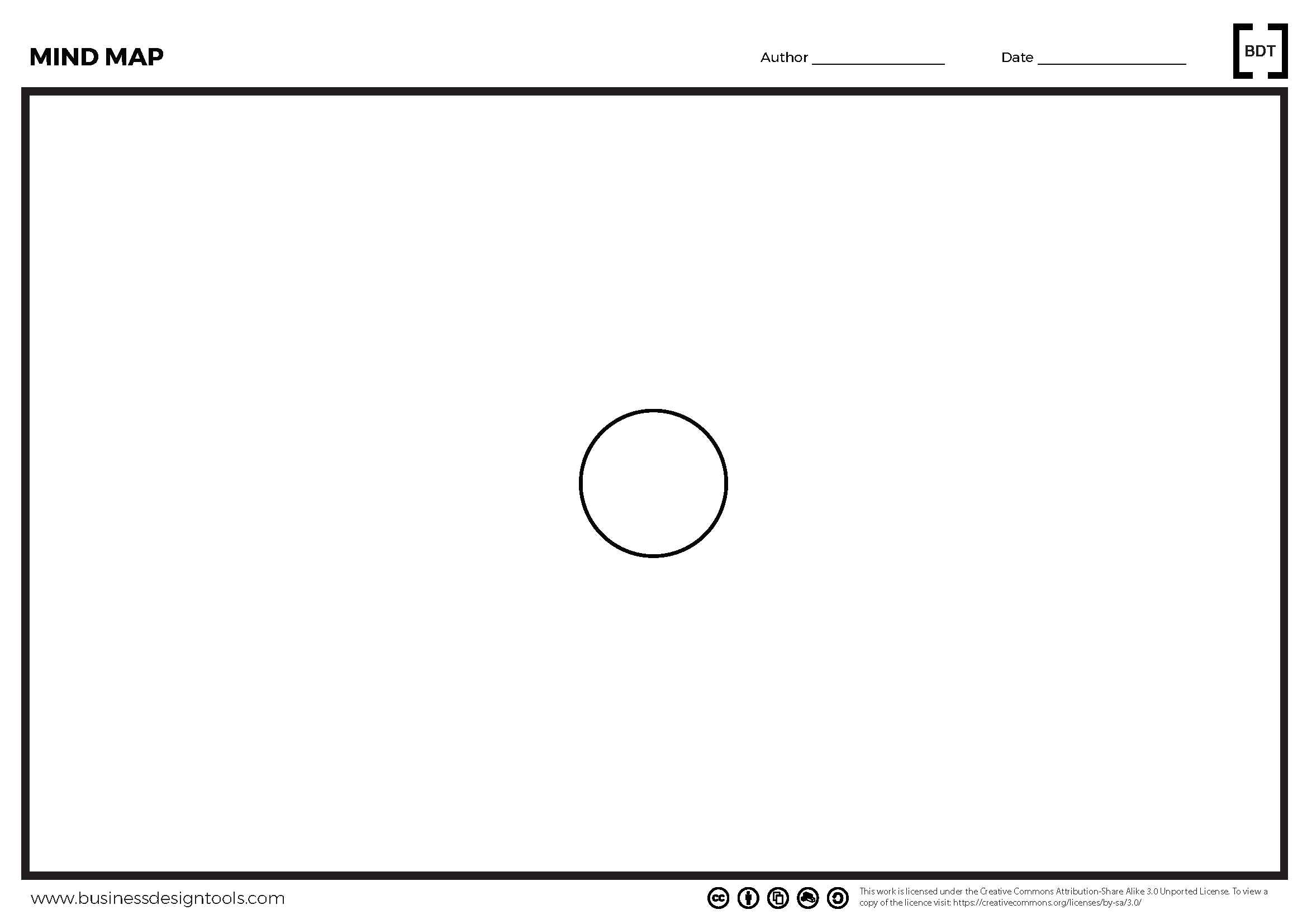Mindmapping
Mindmapping is a powerful tool that aids in visualizing and organizing ideas, concepts, and information. It provides a structured approach to brainstorming, problem-solving, and strategic planning.
By using Mindmapping, individuals and teams can enhance creativity, improve clarity, and foster effective communication.
What it is for
- Idea Generation: Mindmapping stimulates the generation of new ideas and encourages free thinking.
- Organization and Structure: It helps in organizing thoughts, concepts, and information in a structured manner.
- Problem Solving: Mindmapping assists in analyzing complex problems and finding innovative solutions.
- Strategic Planning: It facilitates the development and visualization of strategic plans and initiatives.
- Note-taking and Information Management: Mindmapping can be used to take concise notes, summarize information, and manage knowledge effectively.
Why this tool is important
- Enhanced Creativity: Mindmapping encourages a non-linear thinking process, promoting creativity and the exploration of new ideas.
- Improved Clarity: By visually representing ideas and concepts, it allows for clearer understanding and communication among team members.
- Efficient Information Processing: Mindmapping enables the brain to process information more effectively by utilizing both analytical and creative thinking.
- Better Memory Retention: The visual nature of Mindmapping helps in retaining information more easily compared to traditional linear note-taking methods.
- Collaboration and Engagement: It fosters collaboration and engagement within teams by providing a visual platform for sharing and discussing ideas.
Steps to create a Mindmap
- Start with a central idea or topic and write it in the center of the page.
- Branch out from the central idea by creating subtopics or related concepts.
- Continue branching out further with additional subtopics or details for each main branch.
- Use keywords, images, colors, and symbols to represent ideas and make connections between them.
- Keep the Mindmap organized and visually appealing by using spacing, hierarchy, and appropriate formatting.
- Review and refine the Mindmap as needed, adding or adjusting information as insights emerge.
References:
- Buzan, T., & Buzan, B. (1995). The Mind Map Book: Unlock Your Creativity, Boost Your Memory, Change Your Life.
- Covey, S. R. (1989). The 7 Habits of Highly Effective People.
- Novak, J. D., & Gowin, D. B. (1984). Learning How to Learn.
By employing Mindmapping as a business strategy tool, individuals and teams can unlock their creativity, improve clarity of thinking, and enhance collaboration to achieve their strategic objectives.
